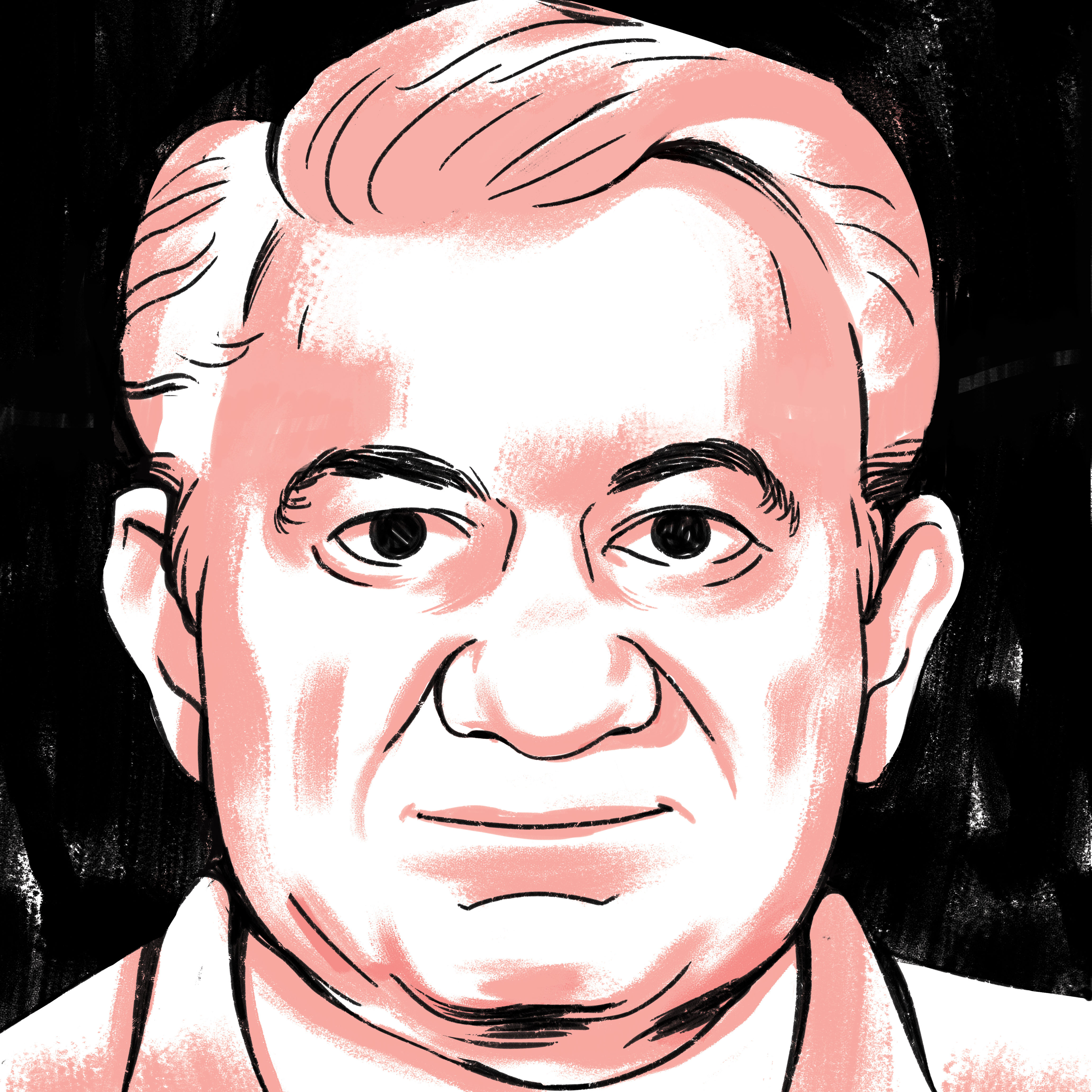Why Haven't You Heard of CES Openshaw?

Image: Jackie Ferrentino
Days before Raymond Hamilton, the short, dapper 21-year-old “youthful Dallas desperado,” as newspapers called him, and lieutenant in the infamous Barrow Gang—yes, of Bonnie and Clyde fame—was set to meet his fate in the Huntsville electric chair on May 10, 1935, little known Houston attorney Camille Openshaw agreed to take up his case, seeking to commute his sentence to life imprisonment.
You’d think Hamilton’s made-for-Hollywood crimes and his popularity as “the southwest’s ranking criminal” would garner all the newsprint attention—he was set to be executed after he and accomplice Joe Palmer had killed a prison guard while busting out of a prison farm during a raid staged by Clyde Barrow and company the year before (Hamilton was already serving a 362-year sentence for previous murder convictions). But the papers included another telling headline: Woman Lawyer Takes up Plea for Hamilton.
“It’s a nod to the times that that’s what was unique about this case,” says Joe Lawson, legal archivist of the Harris County Law Library. “It wasn’t a criminal paying the penalty for the crime in Texas, but who was taking up his case.”
For a moment people across Texas knew who Openshaw was, a remarkable thing considering most people today have never heard of her. Lawson first stumbled upon Openshaw’s name while researching the Harris County Law Library’s history for its centennial in 2015, and went down the rabbit hole of history. Eventually he concluded that her achievements deserved their own digital exhibit. There’s a lot that’s still unclear about her background. She was born in Birmingham, Alabama, but had moved to Houston in time to graduate from Sam Houston High School. Clearly bright, she enrolled in the South Texas College of Law in 1925 and became the second woman to graduate from the school five years later.
By the time she represented Hamilton, Openshaw had already become the first woman elected to the Lawyers Library Association’s board of directors (earlier that same year)—she would go on to help keep the Harris County Law Library afloat during the Depression era and is one reason it still exists today.
But she wasn’t a flashy name or inclined to take on big criminal cases. In fact, this was the first—and ultimately last—time she would venture into the spotlight because of a client. Once she made headlines for agreeing to represent Hamilton, Openshaw had to work quickly—and she did. By the time she visited Hamilton in the “death house,” she had already collected 18,000 signatures in Houston alone petitioning for a stay in his execution. Palmer, being held in a cell nearby, reportedly called out: “Ray, if that’s your lady attorney, I have a statement I want to make.”
From the start it was likely clear that the chances of getting his sentence stayed or even delayed were slim. It was a difficult case to make. Barrow and Bonnie Parker had been shot to death in a police ambush the year before. Public opinion had turned against the Barrow gang after the killing of the prison guard, and there was certainly little interest on the law’s side in putting off his execution. On May 8 she filed an application for commutation, but according to state law Hamilton had forfeited his right to such an appeal when he’d tried to escape prison in the first place. On May 9—just hours before Hamilton’s execution—Openshaw arrived at the governor’s office in Austin, along with Hamilton’s red-haired girlfriend, Katie Jenkins, with petitions signed by 40,000 people asking for his life to be spared. “To get all those signatures and turn it in to the governor at the time, that shows a lot of skill Ms. Openshaw had at being a lawyer,” says Lawson.
It was a last-ditch effort, and it didn’t work. “In the absence of any showing that Hamilton’s legal rights have been denied him, I think the verdict ought to stand,” commented Governor James Allred, refusing to grant clemency or a reprieve.
“Keep your chin up,” Openshaw told Hamilton when writing to inform him that the appeal had been denied.
After a meal of fried fish, according to the Associated Press coverage of the execution, Palmer was executed first. Then, pale and shaking but otherwise composed, Hamilton walked to the electric chair and sat down. “Well, goodbye all,” he reportedly said.
Openshaw had failed in her quest to save Hamilton, but she continued the fight against capital punishment after his death. She even started an organization here in Houston to fight for the abolition of the death penalty, according to the Timpson Daily Times.
Though she would never take on another high-profile case again, she led a long, successful career here in Houston, and was regarded as a leader in civic organizational work and as an active member of the city’s Democratic Party. She even became partner in McIntosh and Openshaw, a law firm she opened with a male colleague in the now-demolished Sterling Building downtown. Such partnerships weren’t entirely uncommon at the time, says Lawson, but also: “A lot of time women who served in that role were partners with a spouse.” Here, that was not the case.
Still, it might not be an accident that Openshaw flew below the radar for so much of her impressive legal career. After all, she spent much of it using only her initials, CES Openshaw.
“You might be able to read something into that,” says Lawson.




